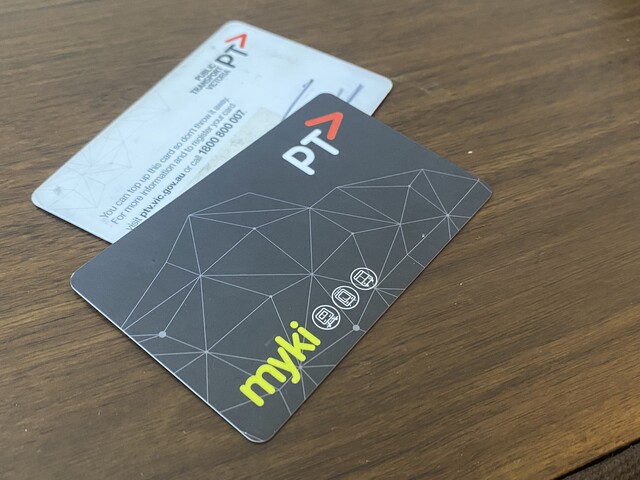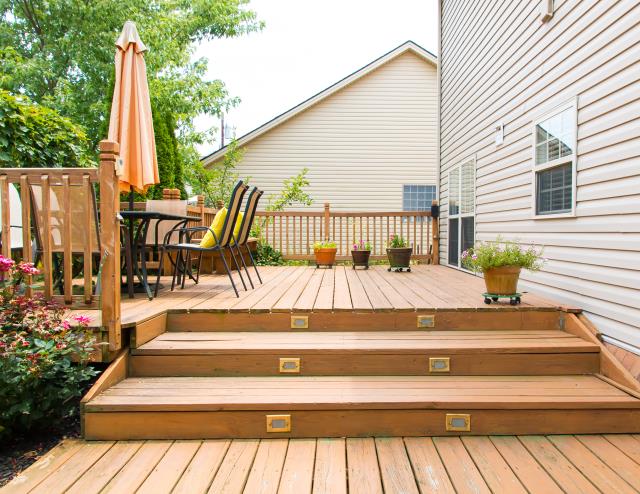The median wait time in Victoria’s emergency departments has dropped to 14 minutes – the lowest on record, while paramedics and first responders are responding to the most critical Code 1 emergencies 17 seconds faster than three months ago.
Despite high demand, the third quarter performance data (Q3, January to March), released on Thursday, 8 May, shows ongoing improvement across the system, with Victorians in the emergency department treated sooner and shorter wait times for planned surgery.
For Ambulance Victoria (AV), the City of Casey remains one of the busier LGAs, with the highest percentage of workload, alongside Hume, Wyndham and Whittlesea.
In Casey, 63.7 per cent of Code 1 responses were under 15 minutes, with the average response time being 15 minutes and 29 seconds, with a total of 4813 first responses.
This percentage has been the highest since the third quarter of 2023 – 2024, which sat at 64.4 per cent, and the average response time has been the lowest since Q1 of 2024 – 2025.
However, the Victorian Healthcare Association, in response to the wait times in emergency departments and ambulance services, said that there remains room for improvement in some areas.
They agree that Victoria’s public hospitals have demonstrated resilience to system pressures with faster ambulance response times and increases in planned surgery, however, the number of presentations to emergency departments is still 1.4 per cent higher compared to the same time in 2024.
AV’s executive director of regional operations, Danielle North, said demand on ambulance crews had fallen by 4.5 per cent between January and March, compared with the last three months of 2024.
“Despite the drop this quarter, we have seen a 31.8 per cent increase in Code 1 cases since the COVID-19 pandemic began more than five years ago,” North said.
“After three quarters in a row close to or above 100,000 Code 1 cases, the first quarter of 2025 brought some welcome relief for our crews, who were called to 95,321 Code 1 emergencies.”
From the third quarter period, AV crews across Victoria responded to 65.6 per cent of Code 1 cases within the state-wide target of 15 minutes, up from 64.9 per cent in the previous quarter.
The state-wide average response time to Code 1 emergencies was 15 minutes and 25 seconds, an improvement from 15 minutes and 42 seconds three months ago.
The health system’s demand remains high, with more than 500,000 presentations in the last quarter, including a rise in complex presentations, with 8000 more high acuity patients compared to the same time last year.
According to the VHA, there were 493,304 presentations in the third quarter of 2023 – 2024, and while the number of patients with a length of stay longer than 24 hours is down 16 per cent from the previous quarter, it’s still up 54 per cent from Q3 2023 – 2024.
VHA ceo, Leigh Clarke, said that there are promising signs that pressures across the health system are easing, demonstrating the impact of initiatives that keep people out of hospital.
“It’s great to see Victoria’s public hospitals delivering performance improvements amid increasing demand for care and services, showing the resilience of the health sector.
“The median time to treatment for emergency is below pre-pandemic levels, and ambulance response times are improving.
“These improvements are being led by services and show that policy initiatives across non-urgent care are working, including Urgent Care Clinics funded by the Federal Government, and the Victorian Government’s innovative Victorian Virtual Emergency Department,” she said.
The federal government’s investment in alternative care pathways has helped to ease some of this pressure, with more than 95,000 visits to Urgent Care Clinics in the past quarter.
Minister for Health and Ambulance Services, Mary-Anne Thomas, said that “our dedicated healthcare workforce should be proud of all they are doing”.
“This quarter, we have seen significant improvement across the system, even as we face record demand.
“From faster emergency care, shorter planned surgery wait times and improvements in Code 1 ambulance response times – our investments in the workforce and alternative urgent care options are delivering better outcomes for patients across Victoria.”
Clarke also noted that all levels of government are introducing policies to support performance improvement across hospitals and health services, as the recently re-elected federal government committed to supporting non-urgent care through $8.5 billion in funding for Medicare.
She acknowledged the steps the state government has taken to improve emergency care and to tackle challenges in ambulance response times, particularly through the new Standards for Safe and Timely Ambulance and Emergency Care for Victorians, which was introduced earlier this year.
“Victoria’s community health services are at the forefront of the early intervention, health prevention and promotion, including the provision of mental health services,” Clarke said.
“It is essential that all Victorians can access non-urgent mental health supports, and we would like to see this (upcoming) State Budget prioritise a timely roll-out of the Mental Health and Wellbeing Locals.”







